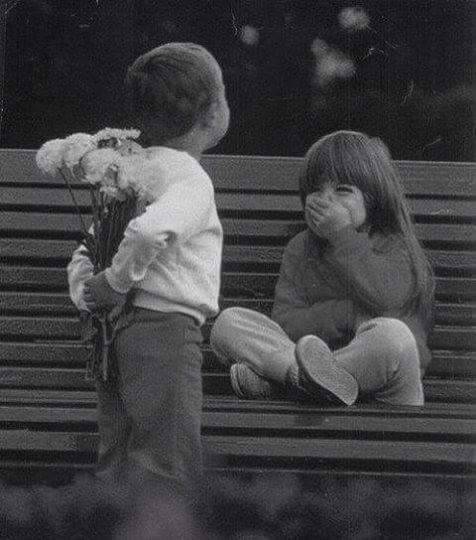Joy
Joy is a relational experience that is the basis for spiritual experience, human bonding, healthy identity growth and good health generally. Joy is the feeling many experience as “falling in love” with their baby, their grandchild, their first love, a puppy and a face that just lights up to see us.
Joy is our normal state as biological beings. No one seeks treatment for joy reduction. No one complains to coworkers about too much joy in their lives. No one worries about loved ones who are just too joyful these days. The problem is that people who are failing to thrive, have issues and live in conflict and do not seem to know or remember that joy would be a natural and rewarding way to live.
One of the first goals in creating a family, community or a recovery group is to build the group around joy. While many groups form around a shared fear or problem, this is not a desirable long-term plan. Joy is our deepest motivation and need. Joy needs to be the way we live. The developers of the Life Model at Shepherd’s House discovered a remarkable reduction in crises and the need for hospitalization when trauma and abuse survivors changed their main goal from dealing with trauma to building joyful lives.
Return to Joy
Returning to joy means finding a resolution to the distress we feel when our “personally important” people are not happy to be with us. Strangely enough, this requires someone to share our distress with us and achieve a “mutual mind” state with our control center. (For details on how this is done see Training the Control Center.) When someone cares enough about us to share our distressing feelings and still be with us we no longer feel alone. Our brain starts to run smoothly again and we start learning helpful ways to stay in relationships when we are upset or others are upset with us.
There are six major distressing emotions to be mastered in relationships. These are:
- Sadness
- Fear
- Disgust
- Shame
- Anger
- Despair
When these emotions overwhelm us and we are left alone to deal with them we are traumatized. (See Trauma.) Trauma recovery often involves finding someone to share these overwhelming experiences so we are no longer alone in them. (See Trauma Recovery.)
We learn to act like ourselves when we are upset by sharing these six feelings with someone who can remember their bond to us is more important than how upset they feel at the moment. These experiences are also stored in the brain’s control center for use the next time we are upset. When we can quickly calm ourselves, stay in relationship and act like the same person we are when we are glad to be with others during each of the six unpleasant feelings then we have learned our return to joy skills. These skills are being developed by THRIVE training and other applications of the Life Model.
Quiet
What both Joy and Returning to Joy accomplish is developing the capacity to quiet ourselves and to quiet others. We quiet after joy in order to rest. We quiet after distress in order to be calm and restored. This capacity to quiet ourselves and quiet others is the best predictor of good mental health and good relationships.
We all know people whose presence brings calm and confidence while others bring an uproar every place they go. Quieting ourselves is done by stimulating the release of serotonin in our nervous system and we quiet others by helping them have the same serotonin response around us. The lack of serotonin is well known for its relationship to depression. People who have difficulty quieting their distress become depressed. One of the best “side effects” of building joy in our lives (and those of others) is that we simultaneously build the ability to quiet ourselves as well.




